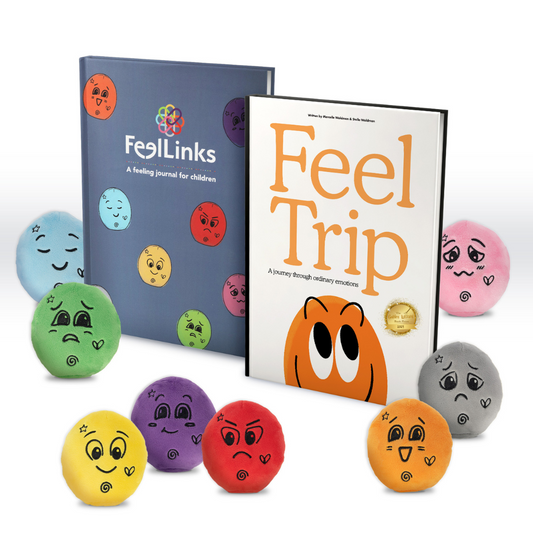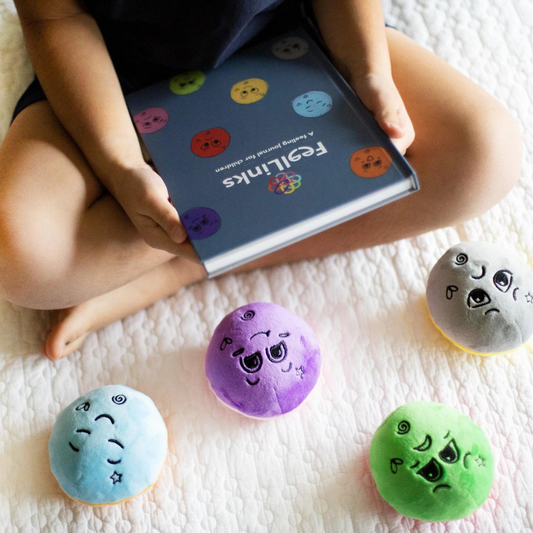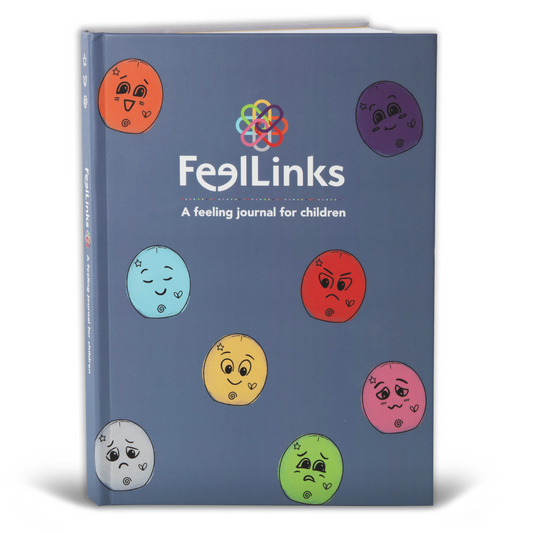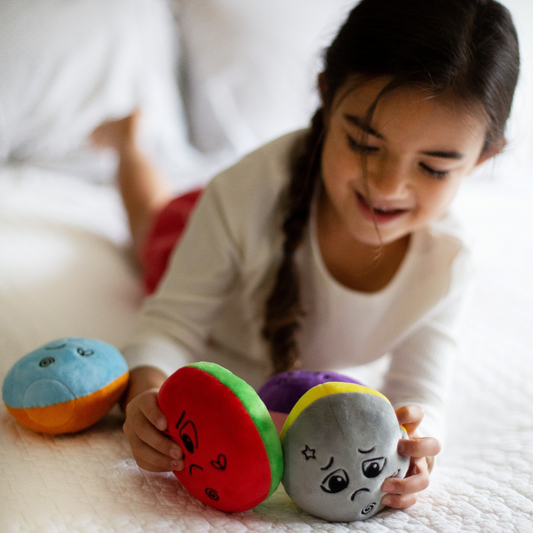What Is the Inside Story To the Outside Behavior? Our children's emotions behind the behavior
Share

Hello. How are you feeling right now?
My greatest hope is that you read something today that is thought-provoking and actionable - and of course, I would like to leave you with a positive feeling for all you are learning and doing for the incredible and unique littles in your life.
Recently, I posted this quote by the incredible, Mister Rogers:
"There's usually an 'inside' story to every 'outside' behavior. Though we may not be able to know that 'inside story,' there's generally some inner reason for what children do."
This quote generated a whole lot of buzz on my social pages, so I decided I would write a quick blog post on it today.
Have you ever heard of the term 'parental mentalizing' (the term 'mentalizing' was coined by Peter Fonagy and Anthony Bateman)? This means that we have the ability to better understand our child's behaviors by noticing their underlying mental state, including their feelings, thoughts, and needs. Parental mentalizing helps us to see the less obvious reasons behind our child's behavior- which can, in turn, lead us to better supporting our child during their most difficult moments. We will be better able to take multiple approaches to gain a better understanding of where our child is at, what they need, and how best to soothe them. Mentalizing has many positive relationship benefits between a child and parent/caregiver, including greater security, trust and safety. It will also translate into a child being better able to soothe themselves or reach out for help in the future because they will be able to understand their own underlying emotions much better if they are taught to pay attention to it.
So how best can we work at this thing called, 'parental mentalizing'? There is a great acronym that can help support you in this strategy:
OPEN - Own emotions, Pause, Engage, New experiences
Own emotions check-in - How are your emotions impacting your child? Are your emotions fueling a domino effect in your child's emotions and behaviors?
Pause - Tune into your child's behavior. Ask yourself if there is an 'inside' explanation for their 'outside' behavior. Is it possible that your child is sad, embarrassed or rejected and their behavior is reflecting those feelings?
Engage - Be curious about how your child is feeling. Ask questions and use statements that will help them notice what might be going on 'inside'. Of course, the more we build emotional intelligence in our children, the better they will be able to express their 'inside' feelings. (Example: Is something bothering you? I notice you are looking sad.)
New experiences - Our children are growing and evolving every day. What they might not like one day could change the next. Be open to their constant growth and change.
FeelLinks is a tangible, unique resource supporting our children (and us) in being more OPEN with those 'inside' feelings. Let's be sure to equipped our children with the right tools so that we can support them and set them up for success. Starting from a young age will ultimately promote a greater self-awareness and support our children in becoming better aware of their emotional and mental well-being throughout life. Learn more and order today at myfeellinks.com.
If this resonates with you, please pass it along to others that would benefit from reading it.
With Gratitude,
Marcelle
*If you would like to receive my weekly newsletter (including: blog posts, promotions and new products) straight to your email inbox, please go to my myfeellinks.com homepage to subscribe. I promise not to overwhelm you!





